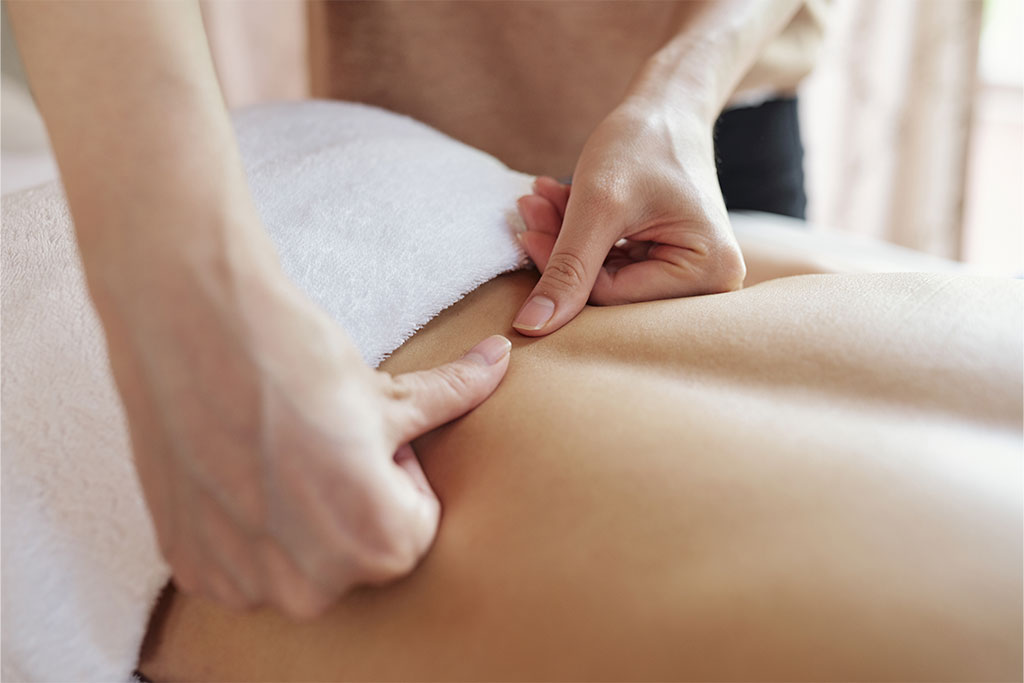For most of us, the answer is probably ‘yes’. Massage is non-invasive and very low risk for most people. In addition to physical benefits, certain types of massage can help psychologically through relaxation and increased production of ‘feel good’ chemicals. These chemicals (also known as endorphins) are naturally produced by the body and are helpful for people with both acute back problems and chronic back pain.
Types Of Back Problems Massage Can Help With
Back pain is a very broad statement. There are numerous types of back problems and many may benefit from massage therapy, including:

Treat Muscle strain in the lower back or upper back/neck
Most episodes of acute lower back pain are caused by muscle strain, such as from lifting a heavy object, a sudden movement or a fall. Low back pain can be very severe and last for several hours, several days or even a few weeks. When back muscles are strained or torn, the area around the muscles can become inflamed. The muscles in the back can spasm and cause both severe lower back pain and difficulty moving. The large upper back muscles are also prone to irritation, either because of lack of strength, or overuse injuries (such as repetitive motions). Upper back pain may also be due to a specific event, such as a muscle strain, sports injury, or auto accident. Therapeutic Massage can calm the spasm/irritation and improve range of motion.
Treatment For Spinal Osteoarthritis
Spinal arthritis is the breakdown of the cartilage between the aligning facet joints in the back portion of the spine. The facet joints become inflamed and progressive joint degeneration creates more frictional pain as bone rubs on bone. Muscles will tighten and become fatigued while trying to stabilize the spine. Massage therapy can help reduce osteoarthritis pain by improving circulation and reducing stress and muscle tension.
Fibromyalgia Relief
Fibromyalgia can affect people differently but is usually characterized by pain, stiffness, fatigue and/or non-restorative sleep. The patient typically feels both widespread pain and pain in specific “tender points” as evidenced by physical examination. Massage can target both the tender points and the more broadly distributed pain and stiffness. Relaxation massage goes a long way to helping reduce the symptoms of Fibromyalgia.
Book A Massage To Relieve Back Pain In Springfield, MO
Let the licensed massage therapists at Precision Wellness offer you relaxation and relief from back pain with our tailored, professional massages. With massage lengths ranging from 30 minutes to 2 hours, you can find the massage that fits your schedule and pocketbook. Book relief today at Precision Wellness!


